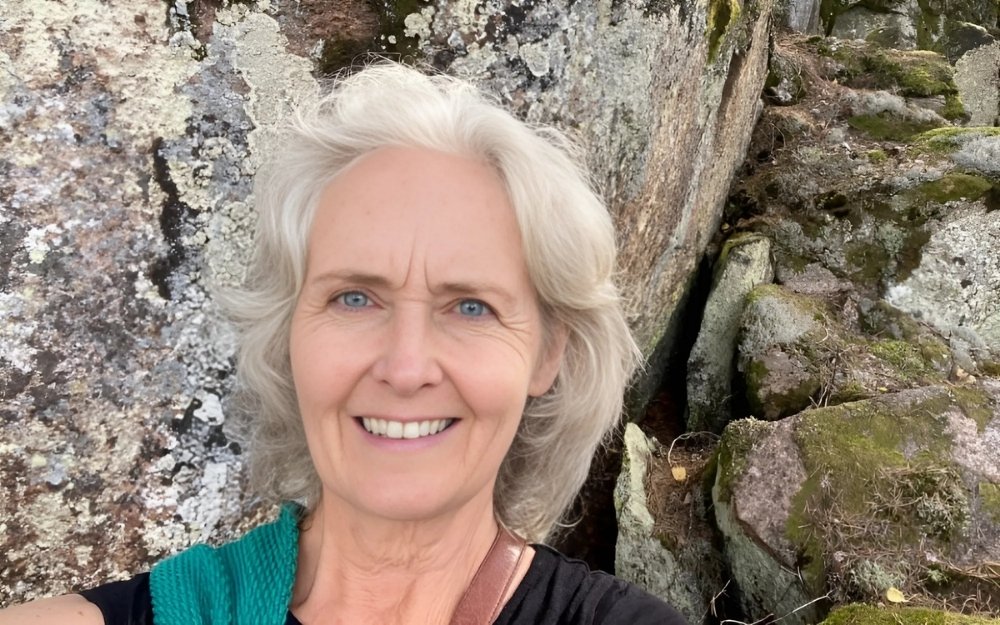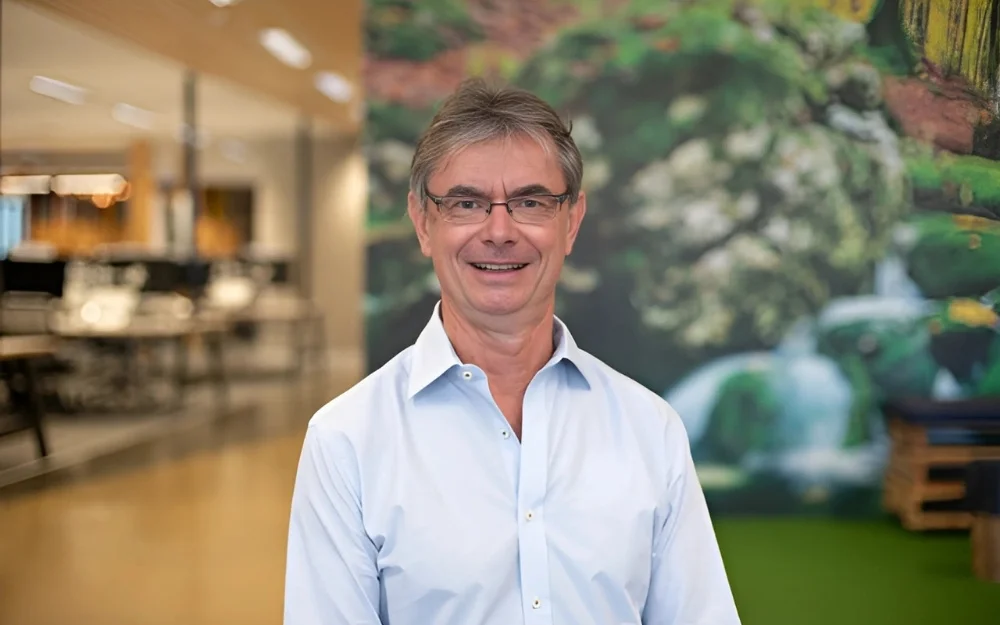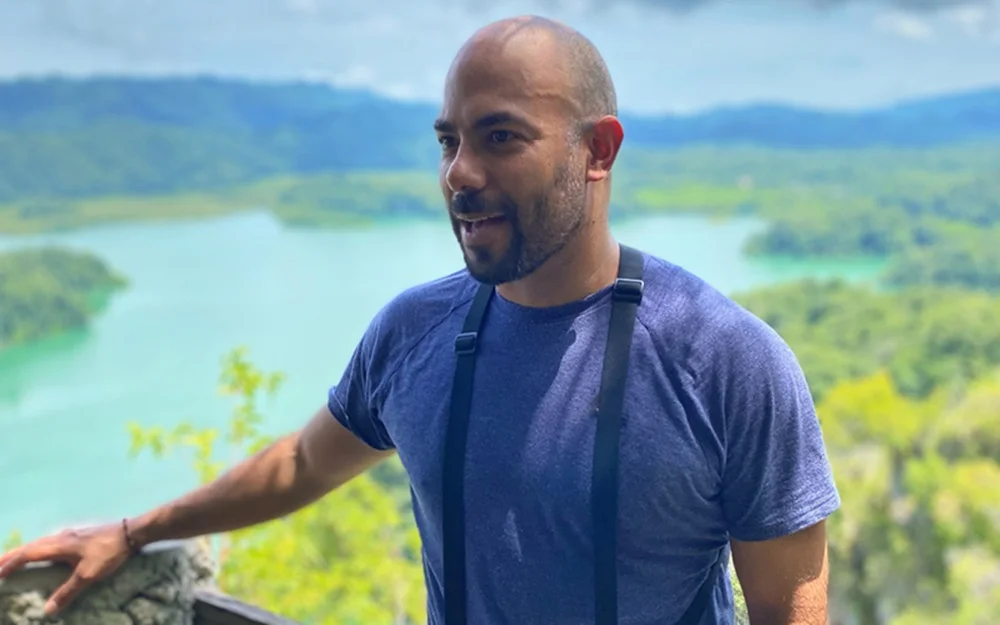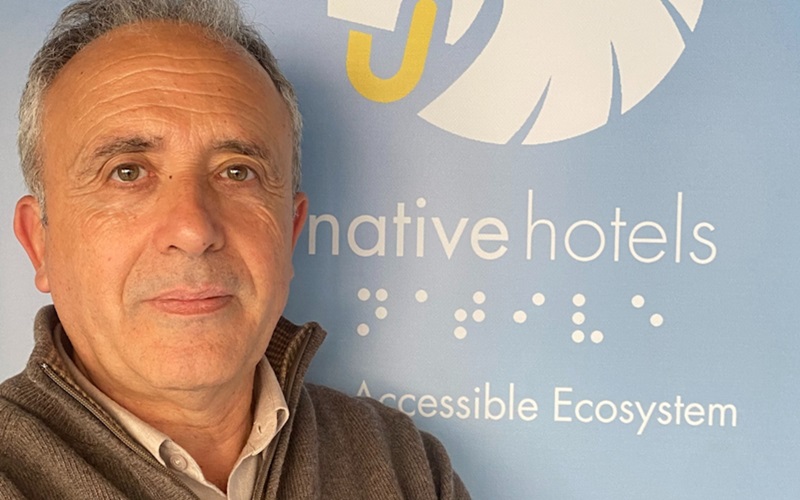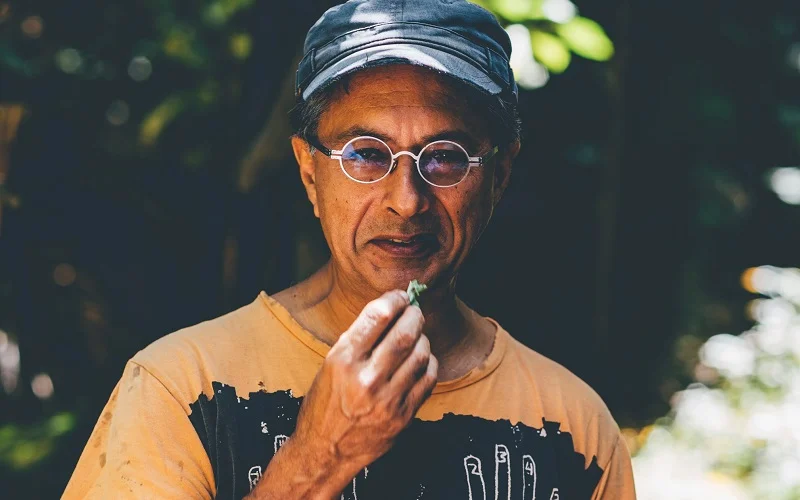
Chile: a leading tourism destination and the winner of the World’s Leading Green Destination for two consecutive years. But how committed is the country really to developing sustainable tourism practices?
Jorge Moller Rivas, the Director of Regenera ONG, in this interview talks about regenerative tourism development and why it should be the basis for Chilean and Latin American tourism progress, one that is committed to the sustainable development of people and their communities. He also shares his thoughts on the current state of tourism sustainability in Chile and illustrates how lack of stakeholder buy-in for new tourism initiatives can be solved through active community participation.
Jorge, you are a tourism industry veteran with three decades of experience in travel and sustainability. When did you first discover your passion for sustainable tourism?
I was 18 years old when I started to work in a pub in Santiago de Chile, washing dishes. On the second floor, there was a rafting company, I was invited to run a river trip with them for three days and since then (35 years back) I have stayed in this incredible industry. For the last 10 years working very hard in sustainability regarding destinations and communities with an emphasis on aboriginal communities in LATAM.
What inspired you to create Regenera ONG? What are its main objectives?
We see that communities don’t have access to know what are the real solutions against overtourism and other threats. Public policy in my country does not take good care for a sustainable growth, so we are devoted to helping them to have a say in what’s good for them and for sustainable development, and also to say NO.
Please tell us more about the #QueremosParque campaign. How does the development of this national park benefit the region and the locals?
The Metropolitan Region where Santiago de Chile is located (8 million inhabitants in the city) does not have a National Park nearby. This is a tremendous opportunity to turn a mountain area into a conservation area and to turn it into a park that belongs to us all Chileans. This territory (full of glaciers, nature, and valleys within 142,000 hectares) is threatened by activities like mining, massive cattle growth, etc. We are helping the local community to see how good it is to reconvert into sustainable tourism, in the framework of turning this into a park.
As the Global Sustainable Tourism Council (GSTC) Representative in Chile and LATAM – do you observe a growing interest in learning about (and committing to) sustainable tourism in Latin America?
Yes especially after COVID-19 consumers are aware of the importance of the relationship between nature and communities. The lockdown has shown us the value of fresh food, value chain, rural communities, health, open spaces, etc. So, I think that this new traveller will look for these values in their next travel decision.
How does the work done by the South American Sustainable Tourism Network complement the work of and resources available through GSTC?
SASTN evolved into LACEN which is the LATAM area of Global Ecotourism Network (GEN). Such a network is very important on a continent that needs a lot of vision and tools to improve its sustainable development. We need to help each other to do things in a proper way on this continent with the support of data, case studies, good practices, etc.
How are indigenous communities such as the Mapuches, Rapa-Nui, Yagan and others integrated into responsible tourism development in Chile?
That’s a big issue. There has been a string of very wrong public policy decisions taken in my country regarding this. It’s a model that is imposed instead of listening to them. Public policy does not want to hear what the community wants and brings ideas that are many times not desired or even understood by the local community.
Post-pandemic, what measures should tourism businesses take to enhance their resilience, going forward? To understand that tourism needs limits of acceptable change to be in included in the plan.
Chile has been designated World’s Leading Green Destination for two consecutive years. What does this recognition mean to the country and its efforts in sustainable tourism?
Big damage to our country with the wrong marketing message. What we see on the ground does not apply to be winners. If you see our local issues, you will see that this new designation isn’t applicable nor justified. We should work in silence and solve the huge challenges facing our industry before we showcase it to the world as a green destination!
Which challenges does Chile face with regard to responsible travel, and which initiatives are adding to its sustainability profile?
Knowledge of tools, access to data, methodology, and also public sector staff that really care about sustainability. If we don’t have a Minister of Tourism we will continue to be a poor industry of services.
It is important to realise that Chile mainly exports products (copper, wood, fish, etc), so we have difficulties in managing and measuring the export of services such as tourism.
What tips or suggestions do you have for those who want to engage with sustainable tourism in Chile, but don’t know where to start?
I think that the GSTC is a good start and LACEN. And, of course, it’s an honour for Regenera ONG to assist anyone that needs help.
Thank you, Jorge.
Connect with Jorge Moller Rivas on LinkedIn and find out more about his sustainable tourism initiatives on Regenera ONG.
Enjoyed our interview with Jorge Moller Rivas on the current state of tourism sustainability in Chile and why community engagement is key to promoting responsible tourism? Thanks for sharing!

